Six Weird Turkey Facts to Amp Up Your Thanksgiving Conversations
Keep these in your back pocket in case someone tries to break your family’s “no politics at the table” rule.
Six Weird Turkey Facts to Amp Up Your Thanksgiving Conversations
Keep these in your back pocket in case someone tries to break your family’s “no politics at the table” rule.
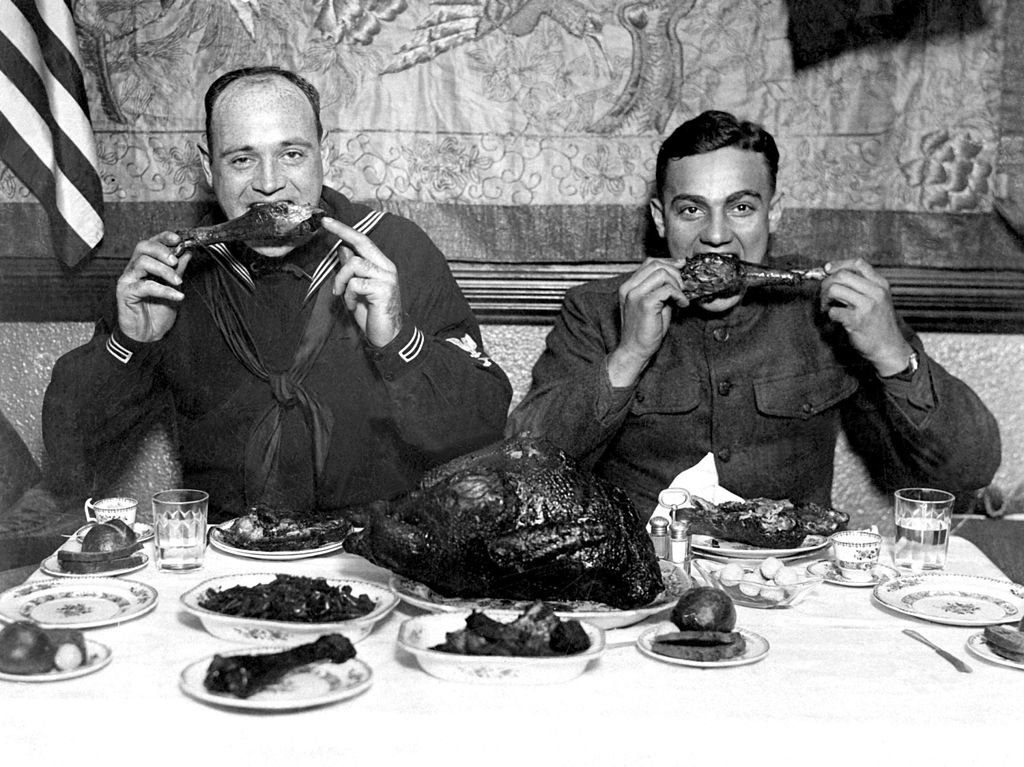
1. Turkeys were first domesticated by the Mayans

We don’t usually associate turkeys with the Maya people, but maybe we should. This ancient Mesoamerican civilization flourished from 1850 B.C. to 250 A.D. and stretched from what is now southeastern Mexico all the way down to Honduras in Central America. They were incredibly skilled mathematicians, calendar makers, builders and artists. And they were also the first to domesticate the turkey more than 2,300 years ago.
2. There are two competing theories on why we call these birds “turkeys”
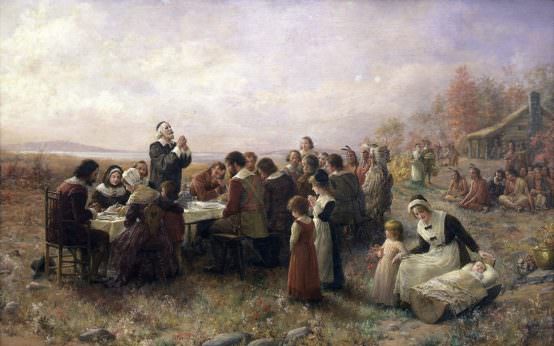
One theory, according to NPR, has to do with mistaken identity. When the British arrived in what is now Massachusetts and saw this wildfowl, they mistook it for a larger version of the African guinea fowl, a popular food back home. The guinea fowl was known at the time as a Turkey coq because it was imported to England by Turkish traders. In the case of the American turkey, the “coq” part got dropped and they have been known as turkeys ever since. The second theory holds that when the North American birds (the same ones first domesticated by the Mayans) began to be exported to England in the 1500s, they came to the British Isles via Constantinople and became known as Turkey coqs because of their association with the Turks, and then eventually shortened to “turkeys.”
3. They were a popular meal in Europe before the Pilgrims’ Thanksgiving dinner

We tend to think of turkeys in conjunction with the Pilgrims, but Europeans were scarfing down the bird more than a century prior to Pilgrims stepping foot in the New World. Europeans fell in love with turkey during the Spanish conquest of the Americas, which began with Christopher Columbus in the late 1400s. In fact, they were so taken by the turkey that in 1511, King Ferdinand of Spain ordered that all ships sailing from the Americas carry five male and five female turkeys back to his country. The first record of turkey farming in Spain dates to 1530, by which time the bird could be found on plates in Rome and France, too. Around this time, they also started making inroads in England.
4. There are only two species of turkeys in the world, and they both live in the Americas
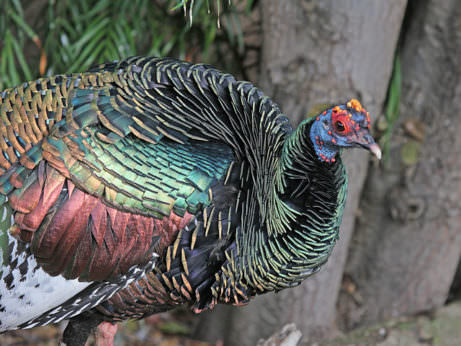
There’s the wild turkey, Meleagris gallopavo, which lives in the United States and Canada and would have been the kind eaten by the Pilgrims. The other species, the ocellated turkey, Meleagris ocellata, is found from Mexico’s Yucatan Peninsula down to Guatemala. The latter is smaller and more brightly colored. It’s also the ancestor of today’s domestic turkey, the kind that graces dinner tables at Thanksgiving.
5. Domestic turkeys are one of the least genetically diverse types of livestock around
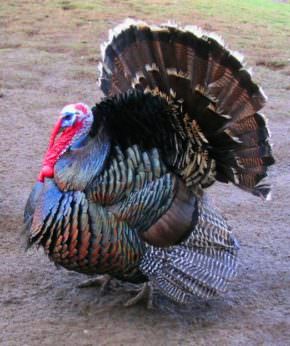
You can thank our love for white meat for the lack of genetic diversity in domestic turkeys. According to a Smithsonian Conservation Biology Institute DNA study from 2012, selective breeding programs focusing on body size and breast development curtailed the domestic turkey’s genetic variation. Today the various commercial breeds, including the Broad Breasted White – the dominant commercial variety – are less genetically diverse than wild turkeys and even other livestock, like pigs and chickens.
6. Turkeys (and chickens) are closer to their dinosaur ancestors than other birds
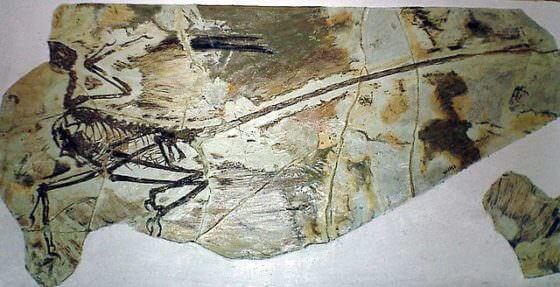
A 2014 study from Kent University in England found that turkey and chicken chromosomes have undergone the fewest number of changes from their ancient ancestor, a feathered dinosaur, compared to other types of birds. If you’ve spent any time around turkeys (more specifically: have been chased by one) this comes as no surprise as they’re the closest thing to Jurassic Park as you can get in real life.
SaveSave
Follow us
This work is licensed under a Creative Commons Attribution-NoDerivatives 4.0 International License.
Want to republish a Modern Farmer story?
We are happy for Modern Farmer stories to be shared, and encourage you to republish our articles for your audience. When doing so, we ask that you follow these guidelines:
Please credit us and our writers
For the author byline, please use “Author Name, Modern Farmer.” At the top of our stories, if on the web, please include this text and link: “This story was originally published by Modern Farmer.”
Please make sure to include a link back to either our home page or the article URL.
At the bottom of the story, please include the following text:
“Modern Farmer is a nonprofit initiative dedicated to raising awareness and catalyzing action at the intersection of food, agriculture, and society. Read more at <link>Modern Farmer</link>.”
Use our widget
We’d like to be able to track our stories, so we ask that if you republish our content, you do so using our widget (located on the left hand side of the article). The HTML code has a built-in tracker that tells us the data and domain where the story was published, as well as view counts.
Check the image requirements
It’s your responsibility to confirm you're licensed to republish images in our articles. Some images, such as those from commercial providers, don't allow their images to be republished without permission or payment. Copyright terms are generally listed in the image caption and attribution. You are welcome to omit our images or substitute with your own. Charts and interactive graphics follow the same rules.
Don’t change too much. Or, ask us first.
Articles must be republished in their entirety. It’s okay to change references to time (“today” to “yesterday”) or location (“Iowa City, IA” to “here”). But please keep everything else the same.
If you feel strongly that a more material edit needs to be made, get in touch with us at [email protected]. We’re happy to discuss it with the original author, but we must have prior approval for changes before publication.
Special cases
Extracts. You may run the first few lines or paragraphs of the article and then say: “Read the full article at Modern Farmer” with a link back to the original article.
Quotes. You may quote authors provided you include a link back to the article URL.
Translations. These require writer approval. To inquire about translation of a Modern Farmer article, contact us at [email protected]
Signed consent / copyright release forms. These are not required, provided you are following these guidelines.
Print. Articles can be republished in print under these same rules, with the exception that you do not need to include the links.
Tag us
When sharing the story on social media, please tag us using the following: - Twitter (@ModFarm) - Facebook (@ModernFarmerMedia) - Instagram (@modfarm)
Use our content respectfully
Modern Farmer is a nonprofit and as such we share our content for free and in good faith in order to reach new audiences. Respectfully,
No selling ads against our stories. It’s okay to put our stories on pages with ads.
Don’t republish our material wholesale, or automatically; you need to select stories to be republished individually.
You have no rights to sell, license, syndicate, or otherwise represent yourself as the authorized owner of our material to any third parties. This means that you cannot actively publish or submit our work for syndication to third party platforms or apps like Apple News or Google News. We understand that publishers cannot fully control when certain third parties automatically summarize or crawl content from publishers’ own sites.
Keep in touch
We want to hear from you if you love Modern Farmer content, have a collaboration idea, or anything else to share. As a nonprofit outlet, we work in service of our community and are always open to comments, feedback, and ideas. Contact us at [email protected].by Andrew Amelinckx, Modern Farmer
November 21, 2017
Modern Farmer Weekly
Solutions Hub
Innovations, ideas and inspiration. Actionable solutions for a resilient food system.
ExploreExplore other topics
Share With Us
We want to hear from Modern Farmer readers who have thoughtful commentary, actionable solutions, or helpful ideas to share.
SubmitNecessary cookies are absolutely essential for the website to function properly. This category only includes cookies that ensures basic functionalities and security features of the website. These cookies do not store any personal information.
Any cookies that may not be particularly necessary for the website to function and are used specifically to collect user personal data via analytics, ads, other embedded contents are termed as non-necessary cookies.
Those are all great factoids to share around the table. Here’s one more from the current Successful Farming magazine. Who is Dorcas Reilly and what did he invent in 1955? That would be the green bean casserole and it’s hard to imagine Thanksgiving without it.